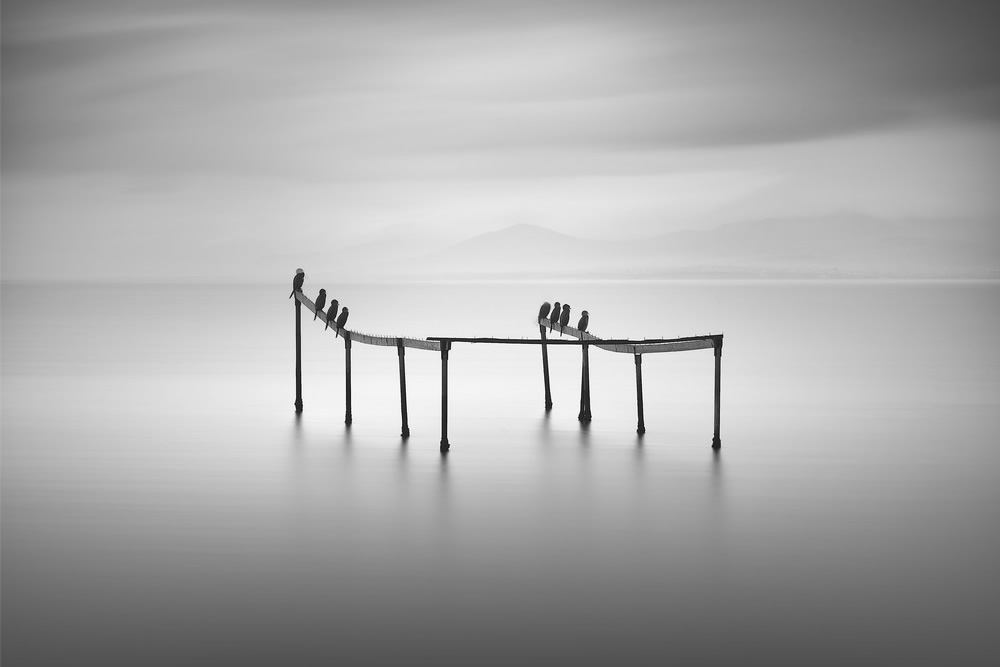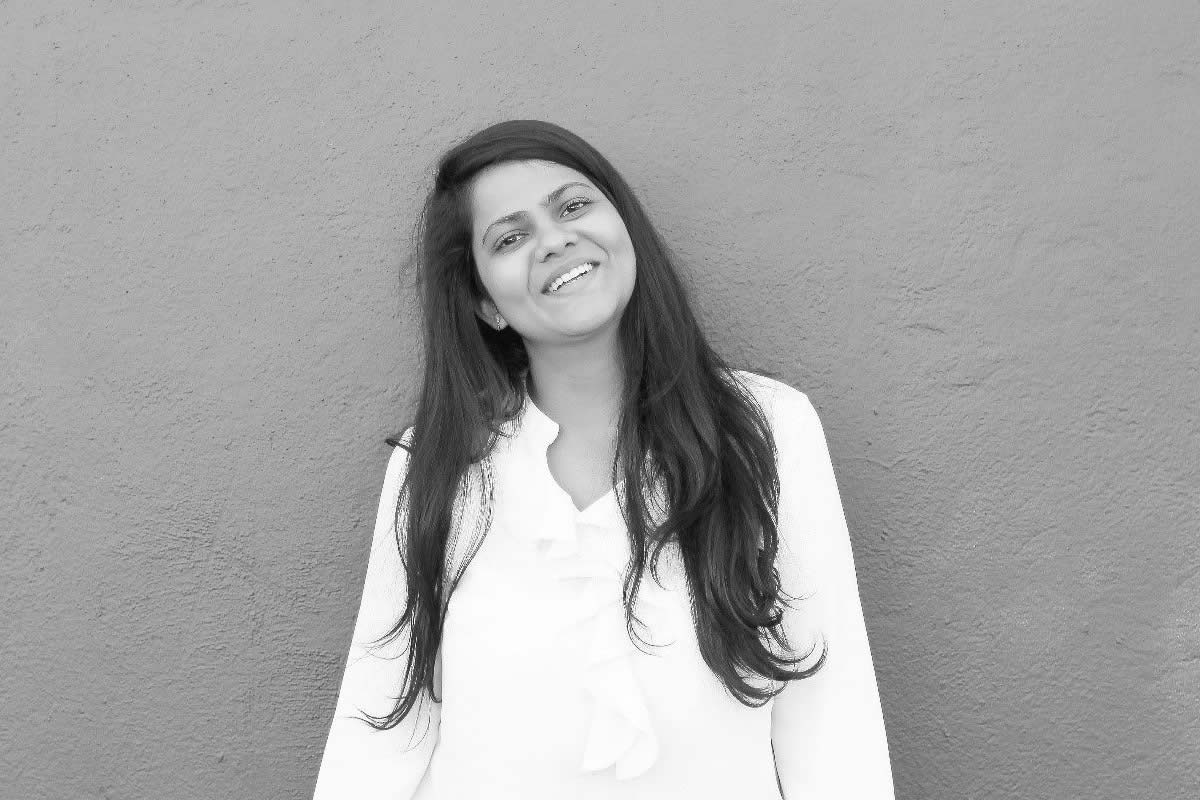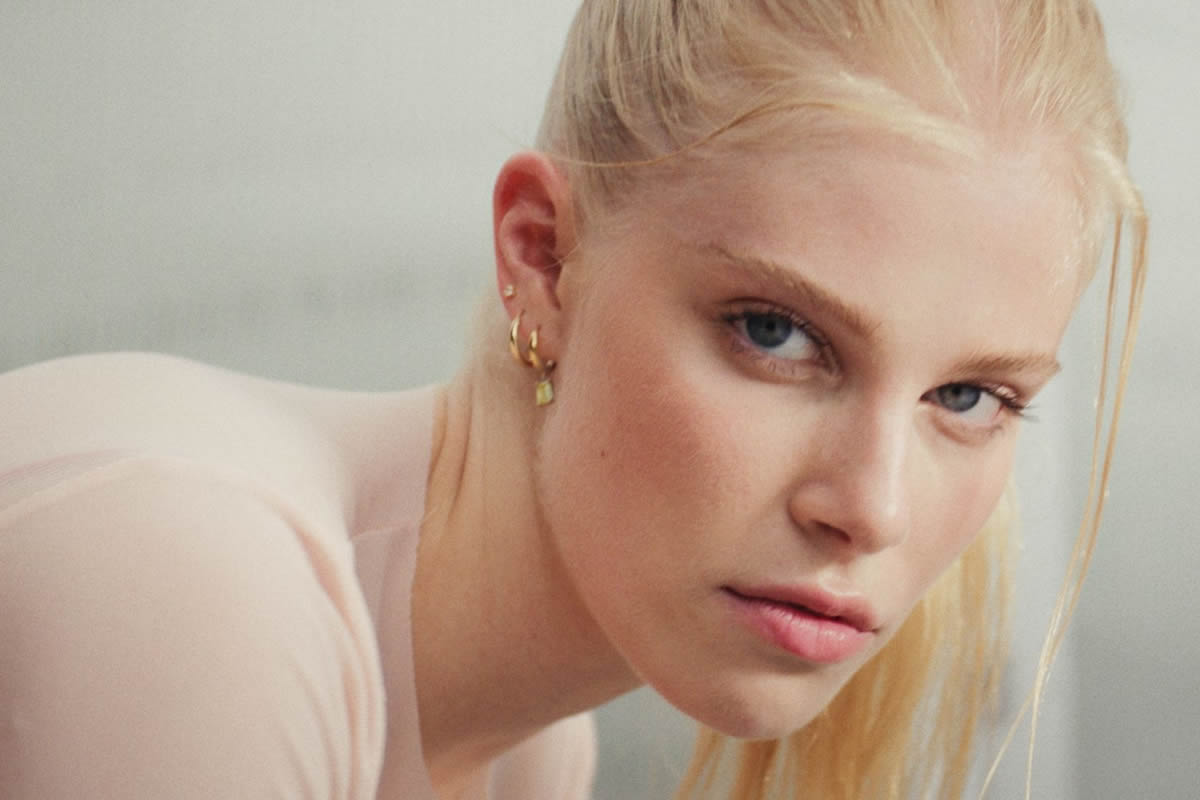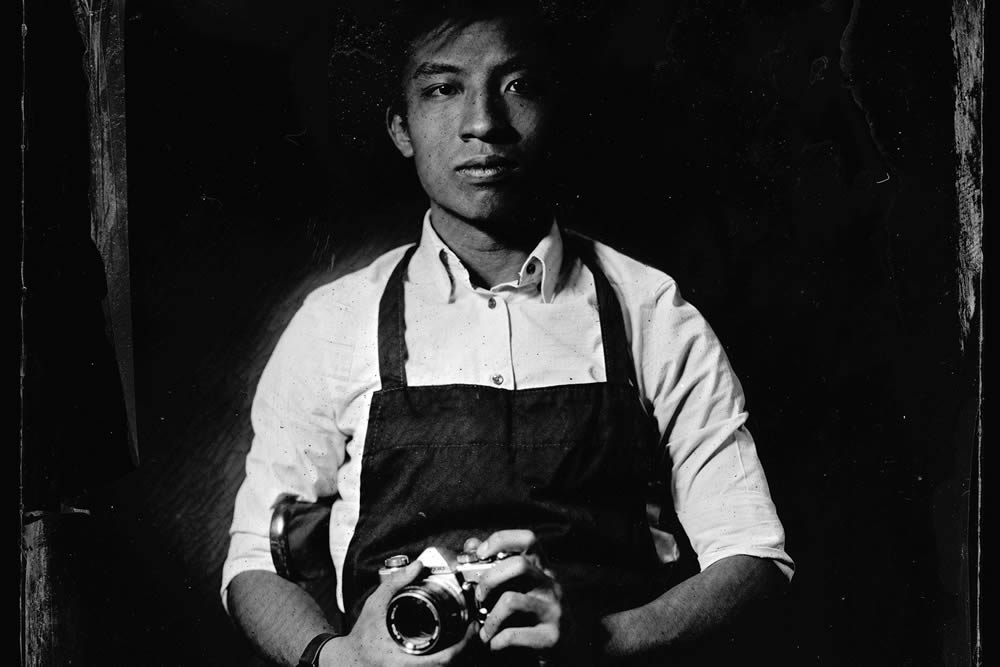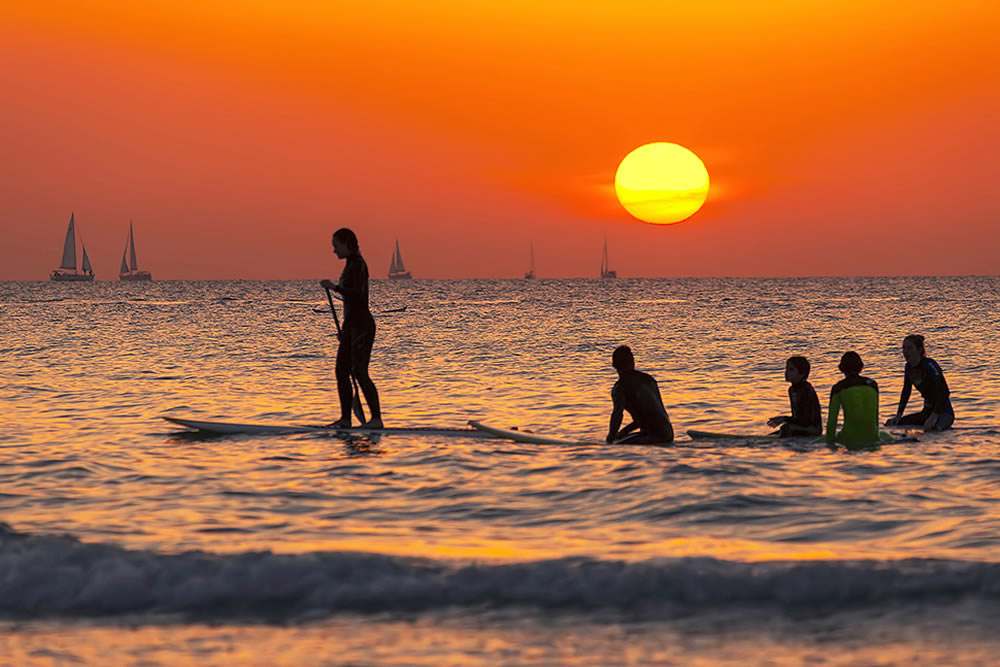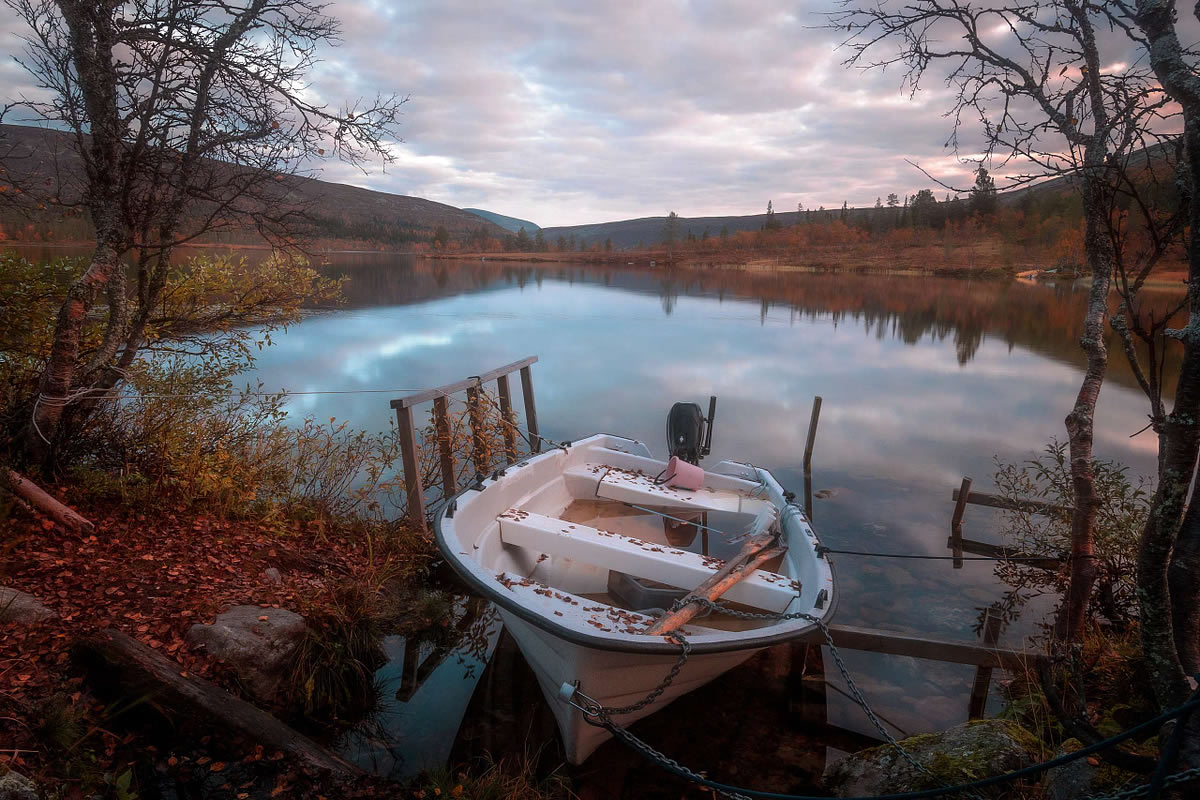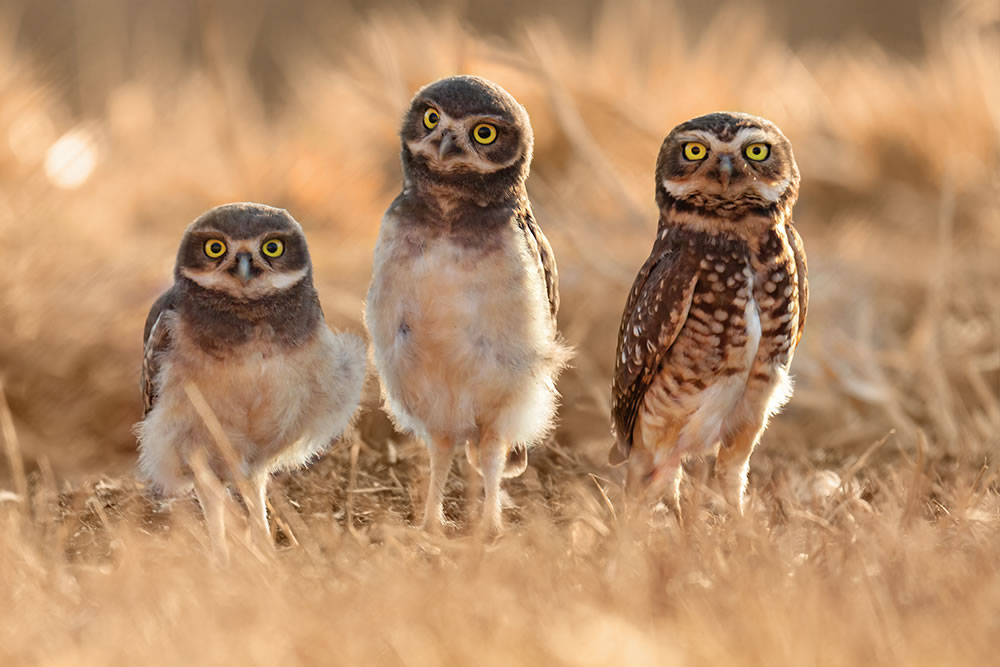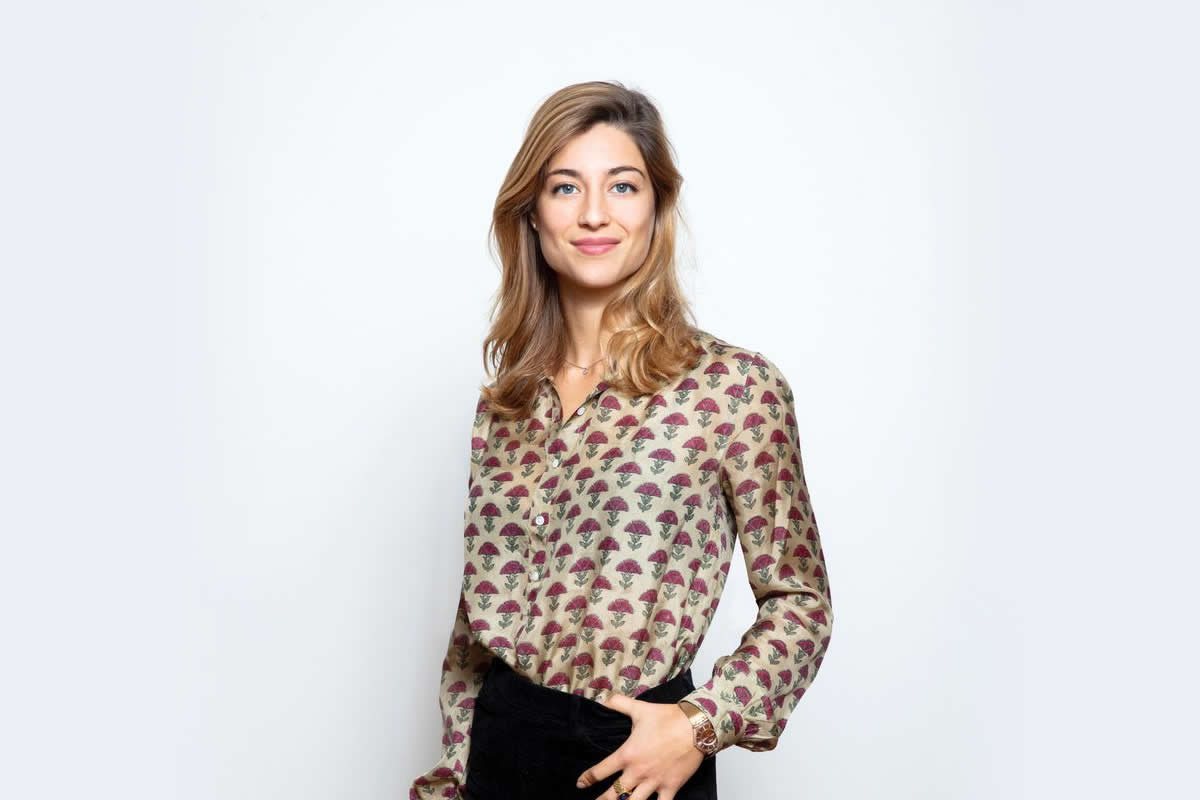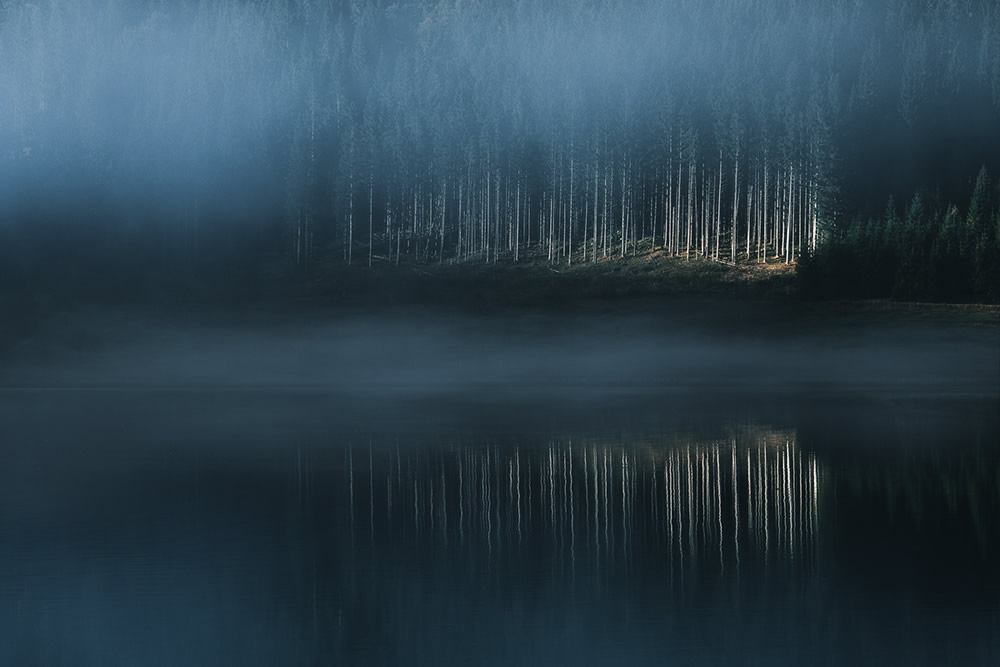Theodore Kefalopoulos is a self-taught fine art photographer and tutor from Alexandria, Greece. He is also conducting workshop and seminars in fine art photography.
In his words “I believe that fine art photography is the closest you can get to the definition of art in photography. Even though it is of equal importance compared to all other photographic genres, it is the only one of them that can effectively present the photographer’s inner world.”
Thanks, Theodore for accepting our invite. Please read on…
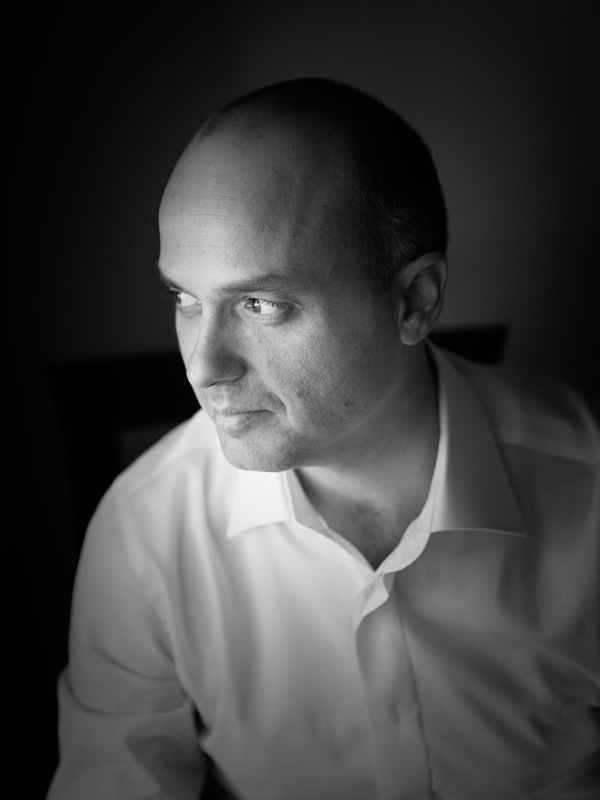
Hi Theodore, thank you for joining us here today! First of all, could you please introduce yourself?
I am a self-taught fine art photographer and tutor from Alexandria, Greece. I’ve been strongly connected with photography since 2012. My switch to fine art photography came around 2016, 4 years after experimenting and contemplating on various aspects of photography. My profound decision to create fine art images gradually led to the need to share my view and vision on this genre through workshops, tutorials and webinars. I perceive printed works as the culmination of fine art photography and I have an active collaboration with a fine art gallery in the US.
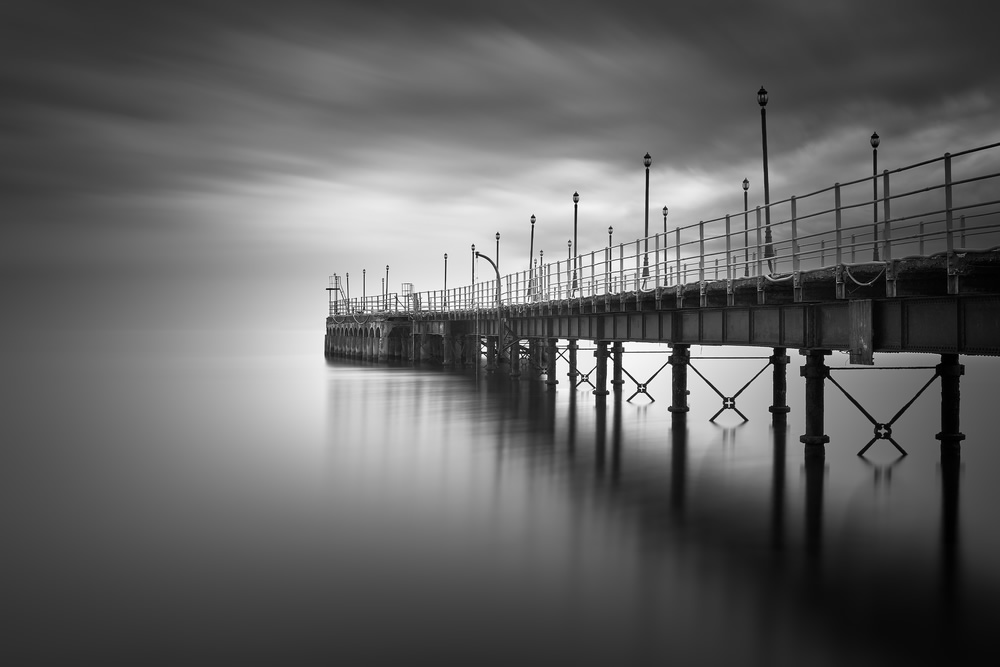
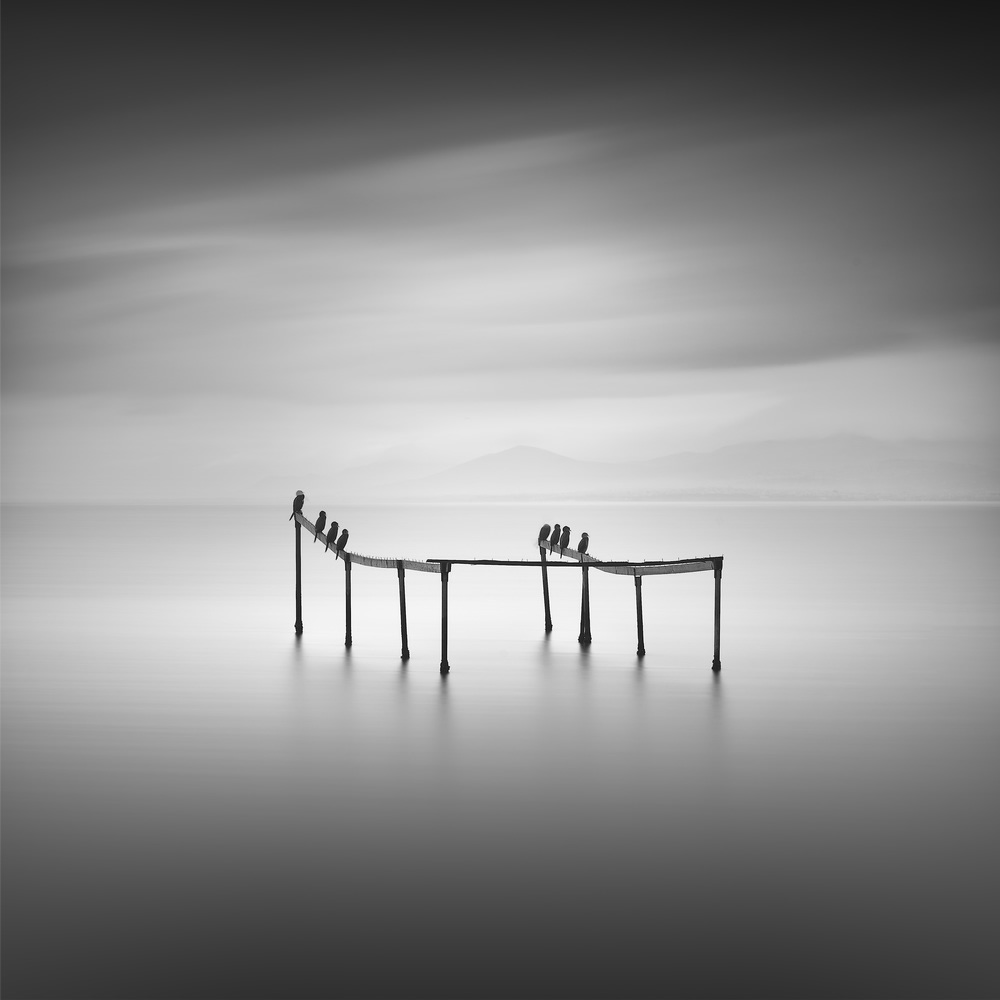
Please share some of your childhood memories towards the art?
I would say that my involvement with fine art photography has strong connections with my childhood. I, like many other kids, had imaginary friends, made up stories, loved to watch movies of dreamy lands etc. So, my photographic works are in some way considered to be a continuation of my childhood activities.
When did you start shooting and how did this love for photography happen?
I started in 2012. Back then, I was just taking landscape photos with a bridge camera, keeping memories of places etc. At that time, my interest was to take technically good photos but soon after, I realized that photography would be the medium with which I could create my own scenes and visual atmospheres with a strong similarity to my choices on music, literature, paintings and movies.
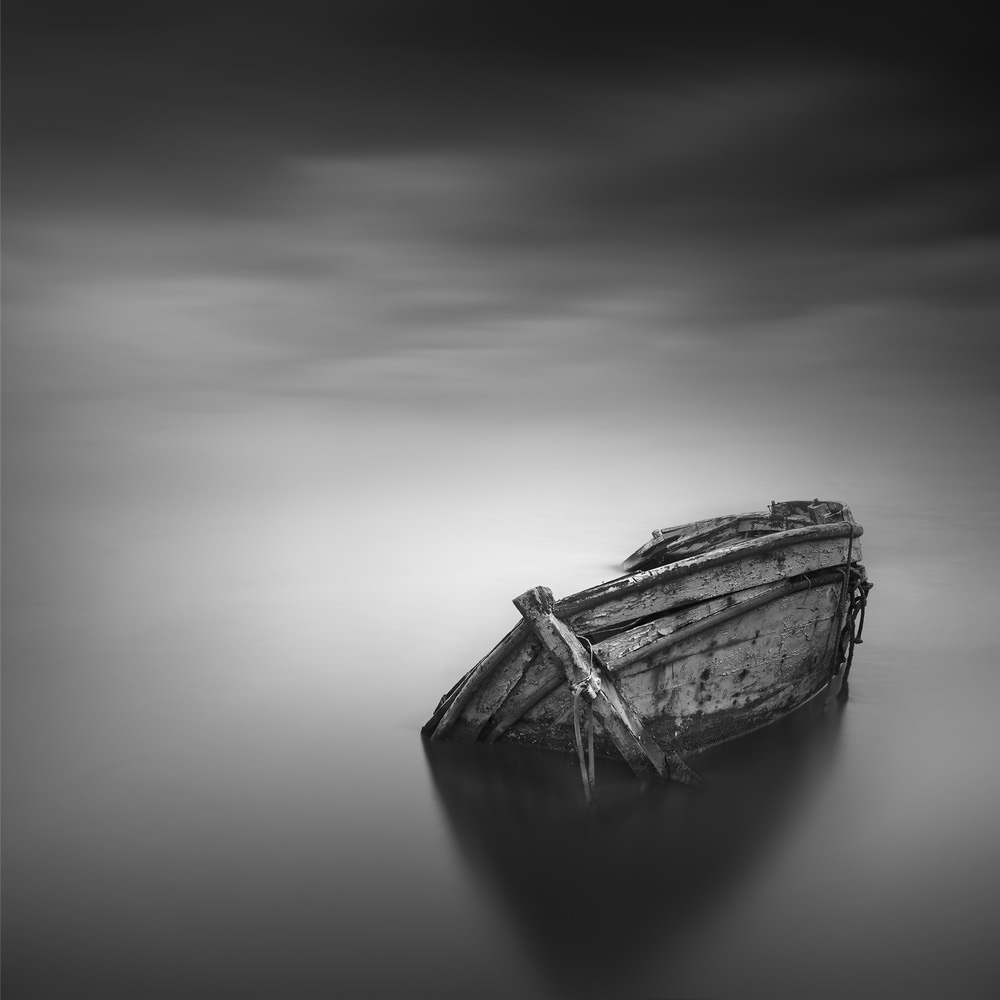
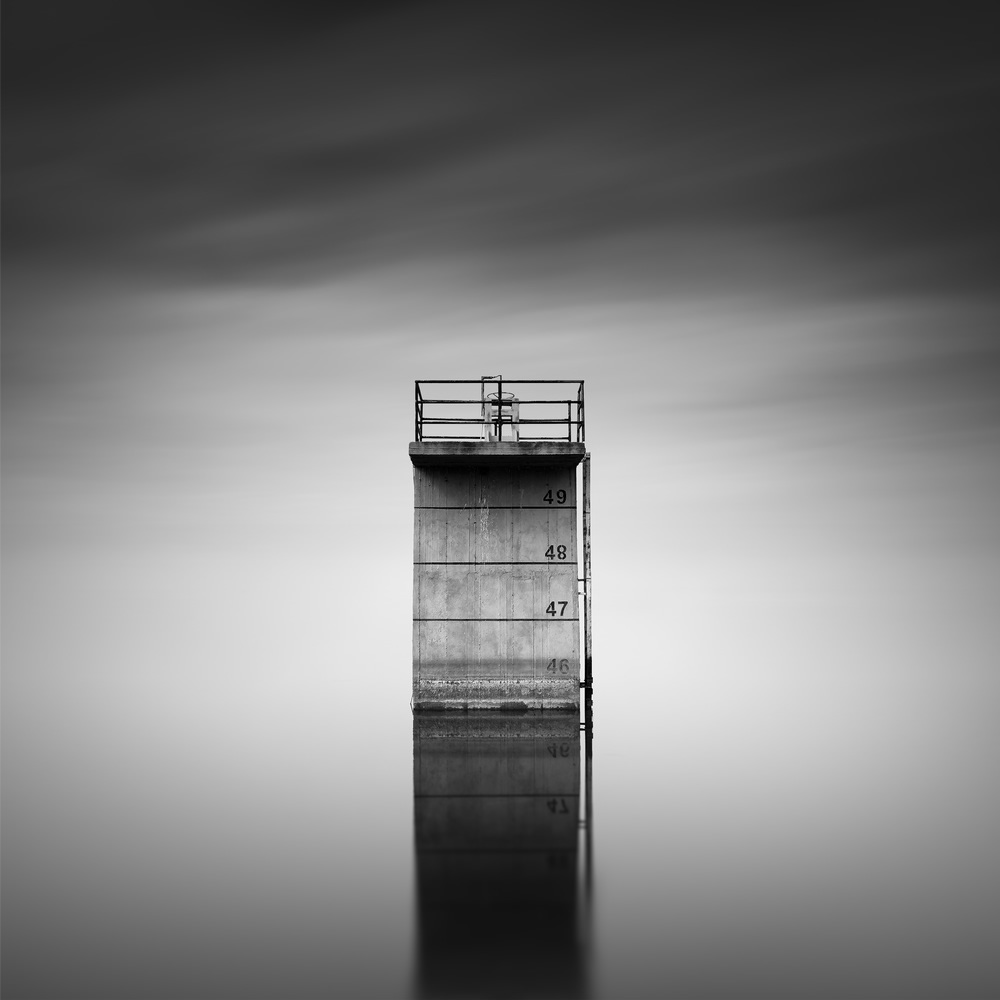
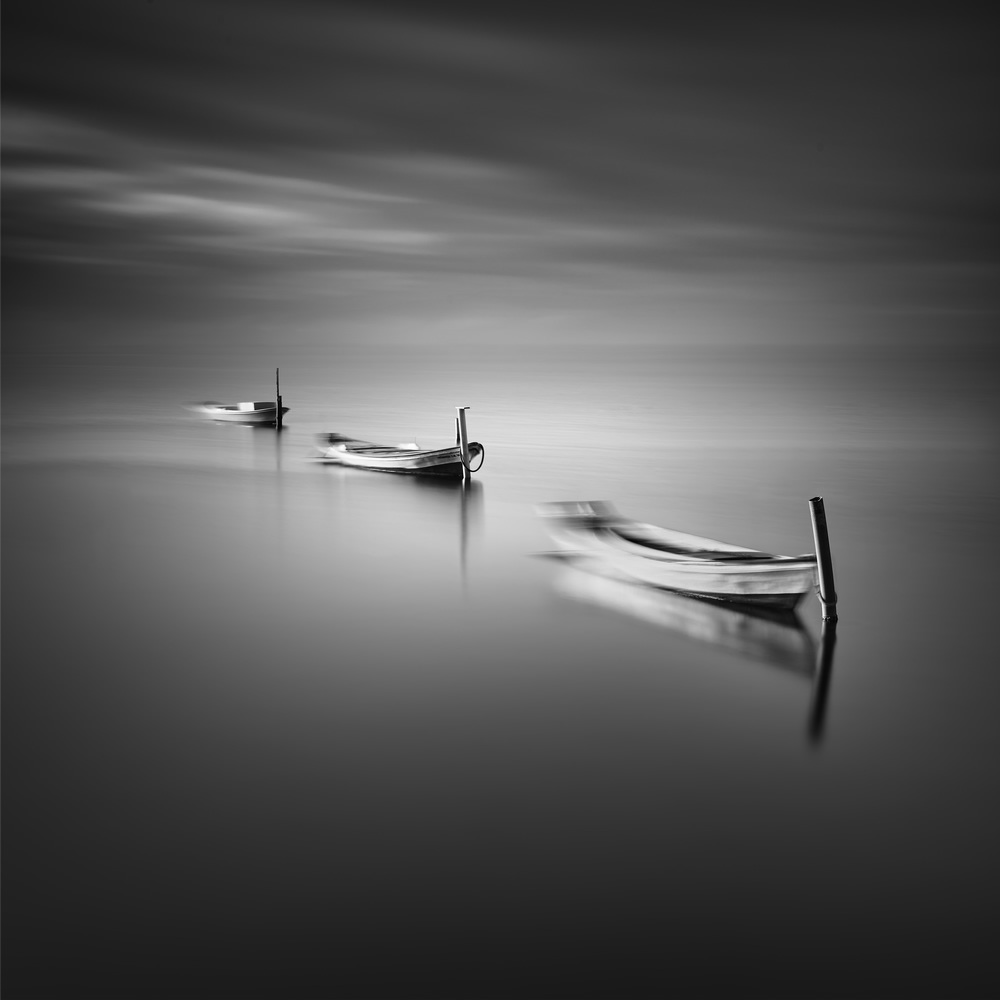
What makes fine art landscape photography so special for you?
I believe that fine art photography is the closest you can get to the definition of art in photography. Even though it is of equal importance compared to all other photographic genres, it is the only one of them that can effectively present the photographer’s inner world. I believe that fine art photography should be related to a strong deviation from the actual scene because the further you move away from reality, the more you get closer to the photographer’s mindset. This is always my intention, to create alternative realities based on actual scenes.
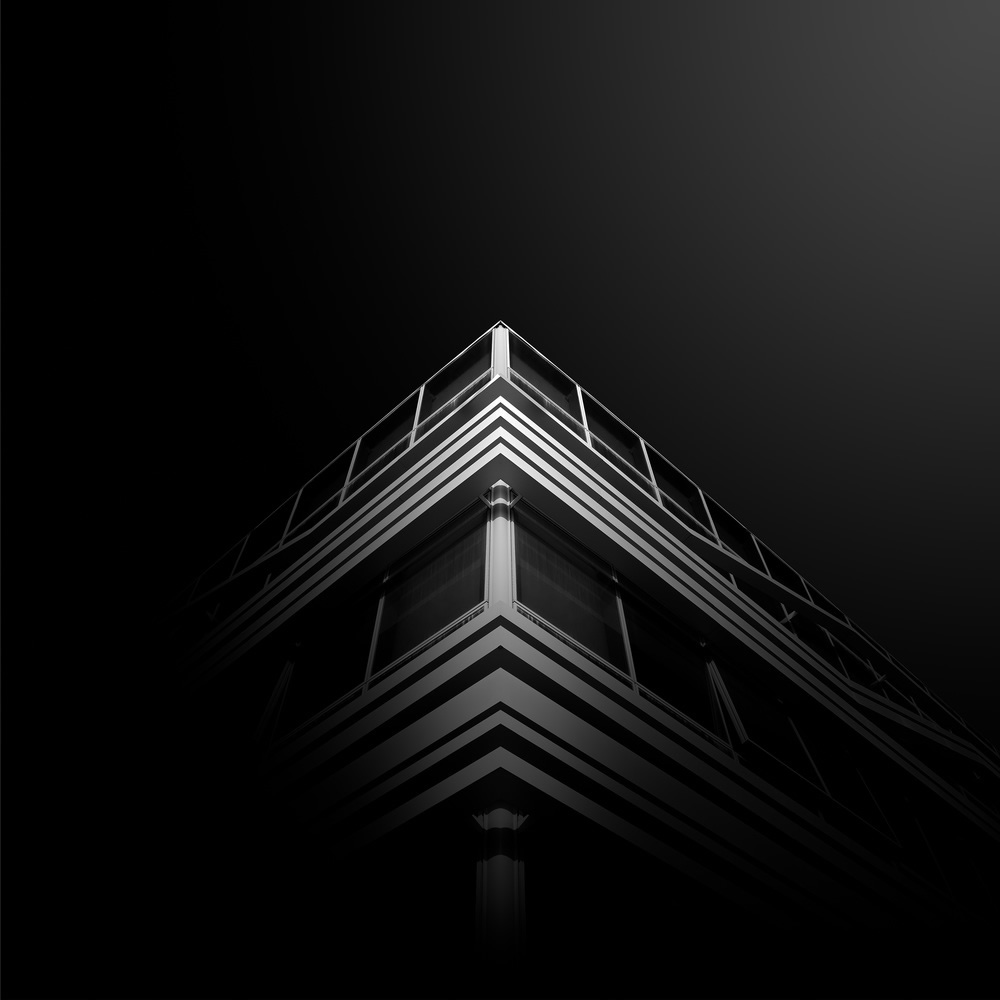
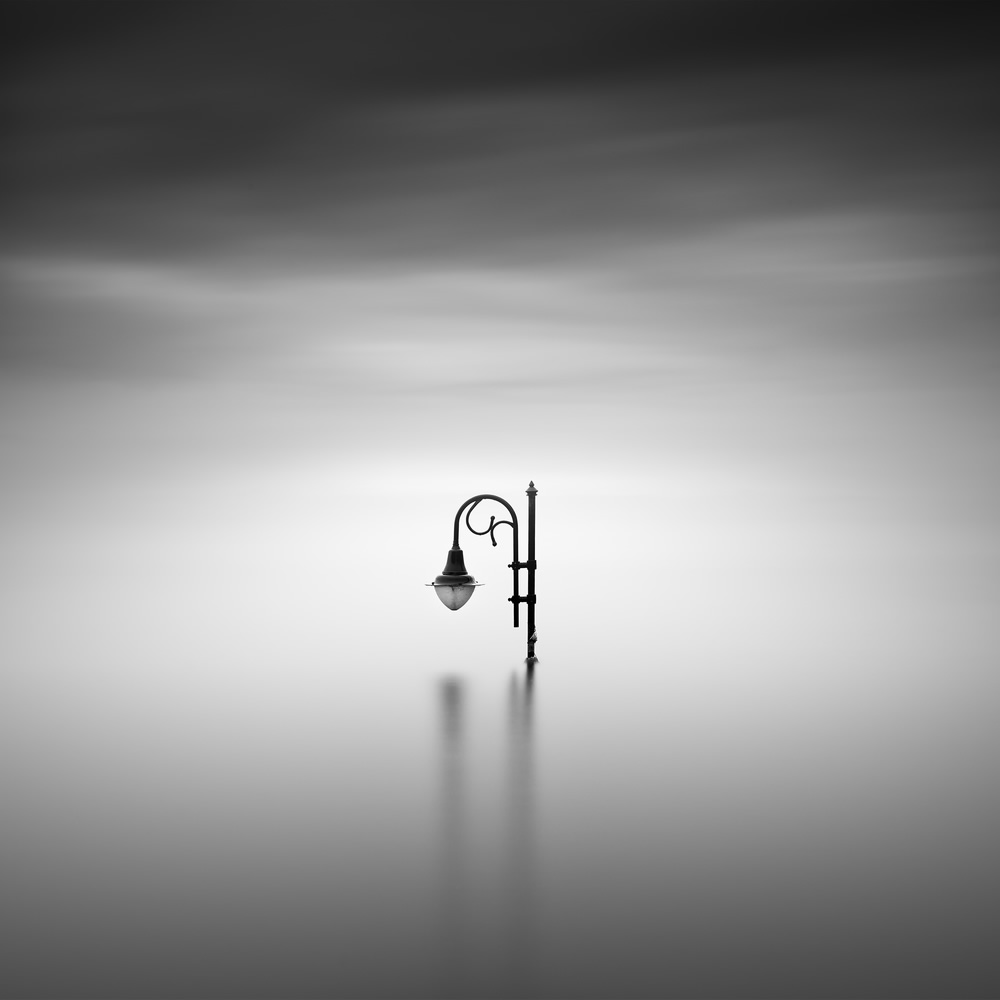
What is a good photograph for you?
The terms “good” and “beautiful” are difficult to explain in fine art photography. Their definition depends on the viewer’s aesthetic sensors, so it eventually becomes impossible to apply “democratic” procedures in order to define what is a “good” photograph. To me, it is the one that can create a smooth and evolving connection with the viewer, to make the viewer think of the reason why you created the image or interpret it at will. The tricky part is that the interpretation of such images will vary among the viewers, which is not necessarily a bad thing.
Fine art photographers don’t always need to explain their intentions on an image. I am strongly against heavily manipulated images, compositing or the “wow” factor in such images as I feel that when I am after a long term relationship between the image and the viewer, I have to create it in such a way that the image will gradually “absorb” the viewer’s interest. By fine art photography aspects, a good photograph should be an effective way to experience a more desirable reality.
Could you please share one or two photographs from your portfolio and the story behind it?
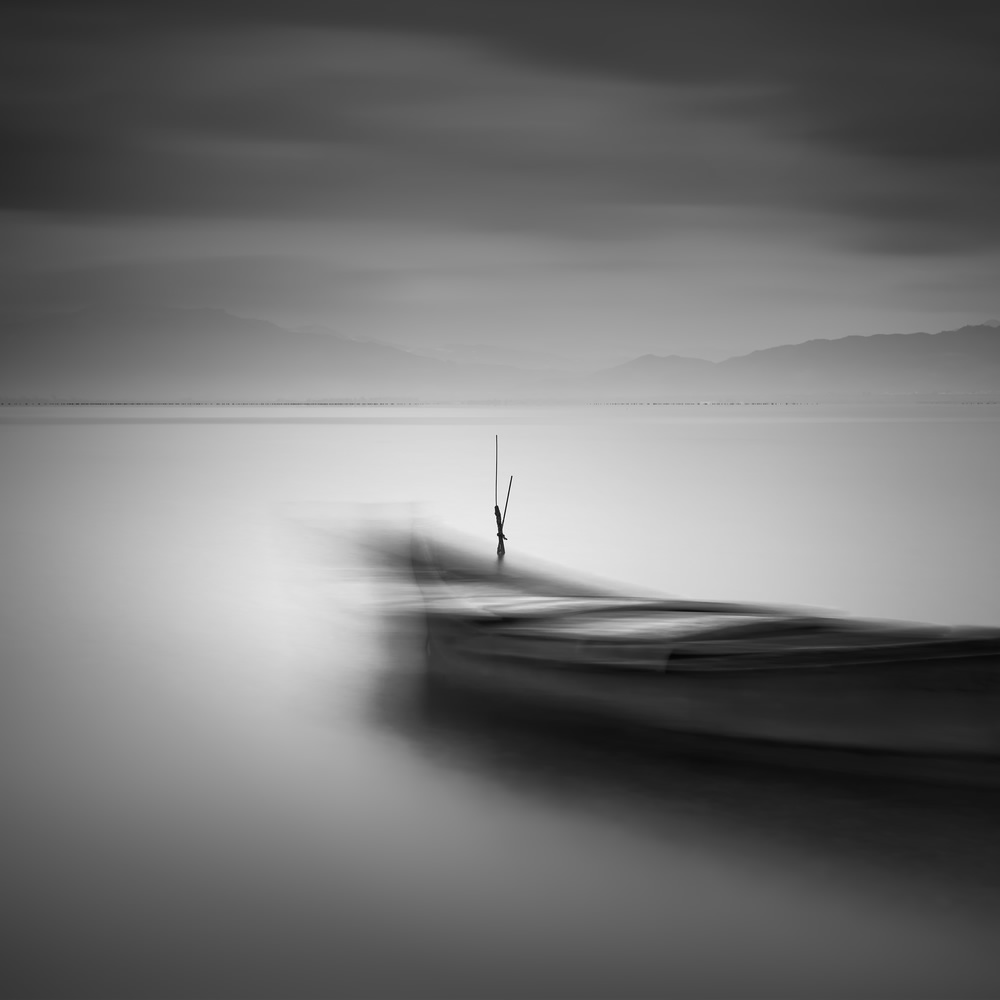
Fluid Intrusion: This image is a perfect example of a problem seen as an opportunity for a new frame. My initial intention was to create a very minimal frame with the two sticks in the center as the subject. When I started the long exposure capture, that old fishing boat started moving in front of the sticks and acquired a front-back moving pattern. At first, I was frustrated that the boat ruined my frame but then I realized that it could actually become a powerful element in the image. So I decided to keep it in the frame as an element of visual contrast (motion vs stillness) and I also decided to use it as a tension element by cutting its back part out of the frame. This enhanced the sense of sudden “intrusion” in the frame and demand of attention over the main subject.

Vastness: This old fishing hut is to me a manifestation of a human entity. The framing and post processing were done in such a way as to represent the sense of what we as humans sometimes are: feel alone in the world, bold against what surrounds us and always against an unknown future but still living in tranquility. This subject is a metaphor of a fine art photography concept as all subjects are to some extend.
What do you do to keep motivated, and not lose your passion for photography?
I keep revisiting places I’ve been to as there are always new ways to utilize a subject in a scene and think of new variations on a theme. I sometimes make new edits of old finished images and lately I have a growing interest in the biology of the way that images are interpreted by humans, both in terms of perception and aesthetics as well. I also work with themes or projects in mind and try to create small portfolios based on a certain photographic concept. To some extend, this type of photography requires making trips to distant locations and this becomes a fruitful combination of traveling, finding new subjects to shoot and evolving as an artist.
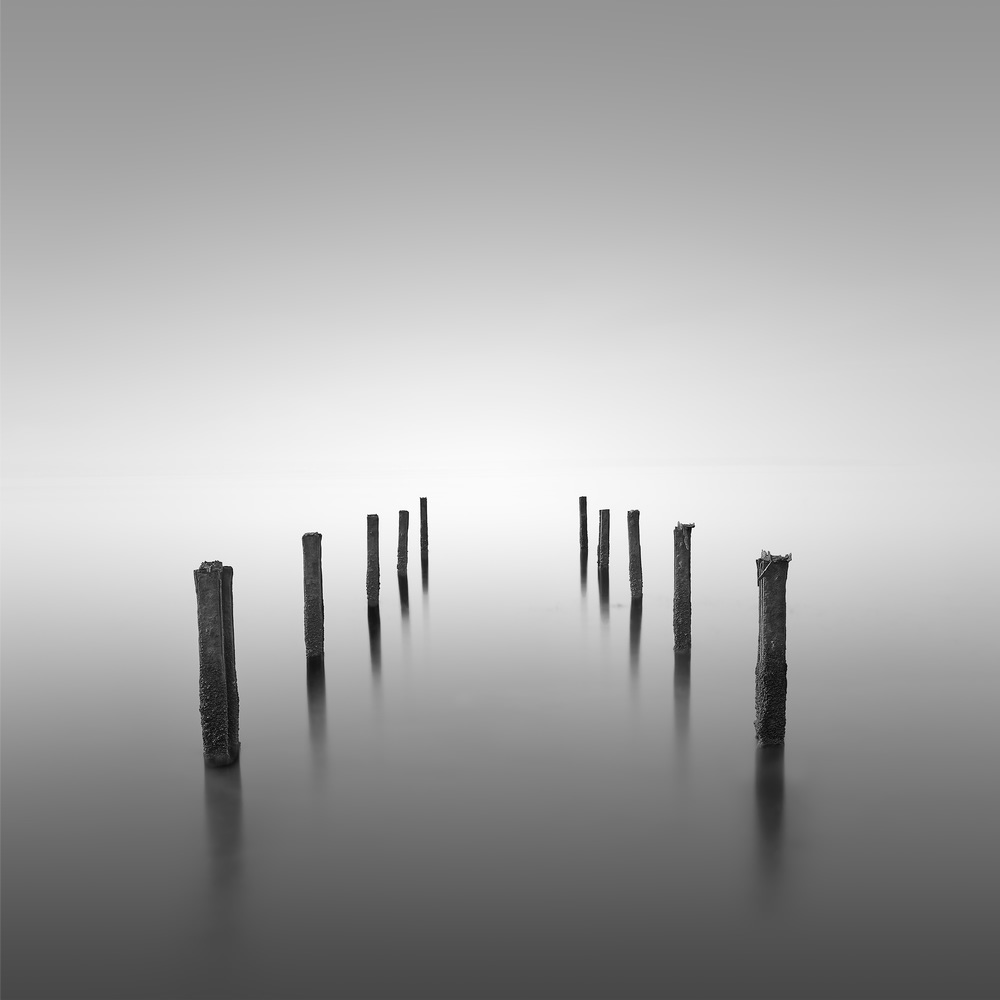
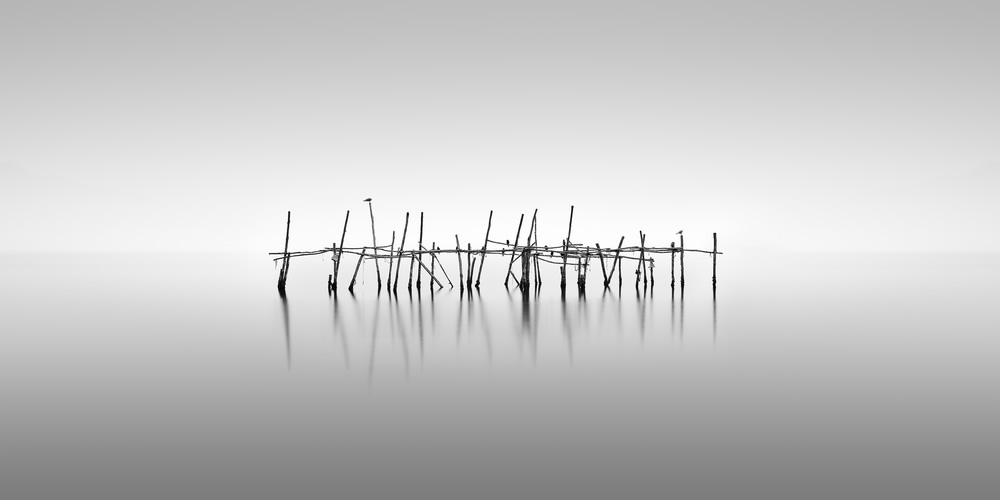
Which photographers have inspired you?
I prefer to speak of “motivation” instead of “inspiration”. Motivation is more open and precise in its interpretation on what drives our creativity. Even though I am very interested in the works of some fine art photographers, I wouldn’t say that any one of them inspires me. Being inspired by someone involves some sort of plagiarism or “visual reenactment” of someone else’s works or photographic footprint in general. Since my need to delve into fine art photography wasn’t born by seeing the works of others, I can safely say that my only source of “inspiration” is the photographic scene, a place where vision and imagination are born.
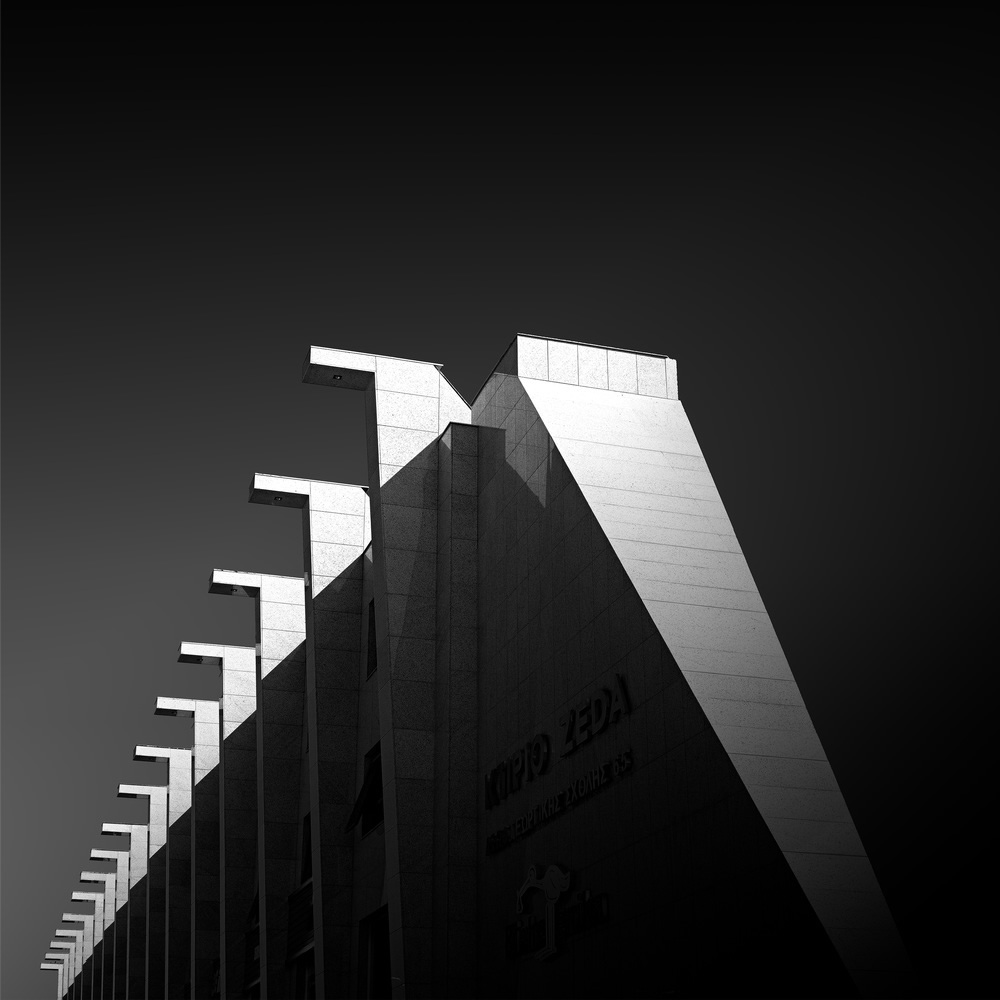
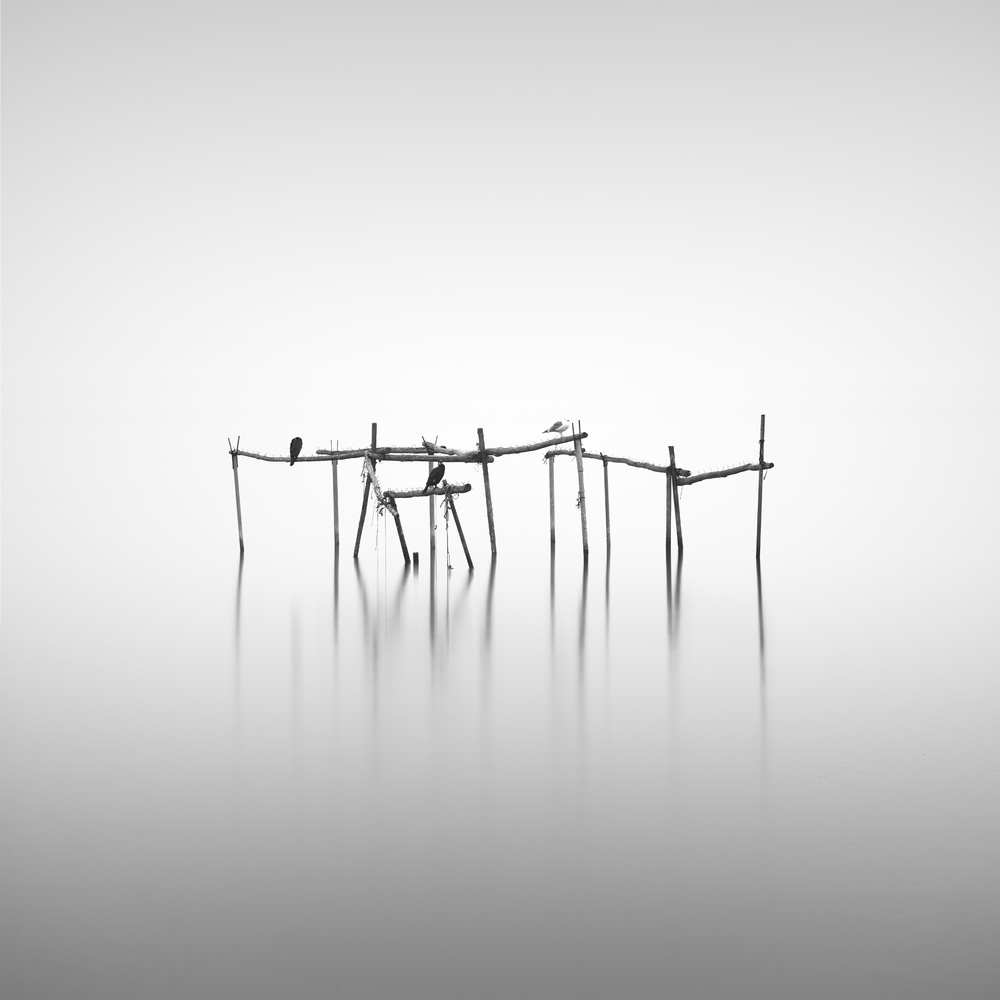
What camera and lenses do you use the majority of the time?
My camera system is relatively old. I use a Sony A7Rii and the Sony FE 2470 f2.8 GM lens for 95% of my images. Lately, I’m into fine art architectural photography as well, so the Sony/Zeiss FE 4/1635 OSS lens becomes my preference for such images.
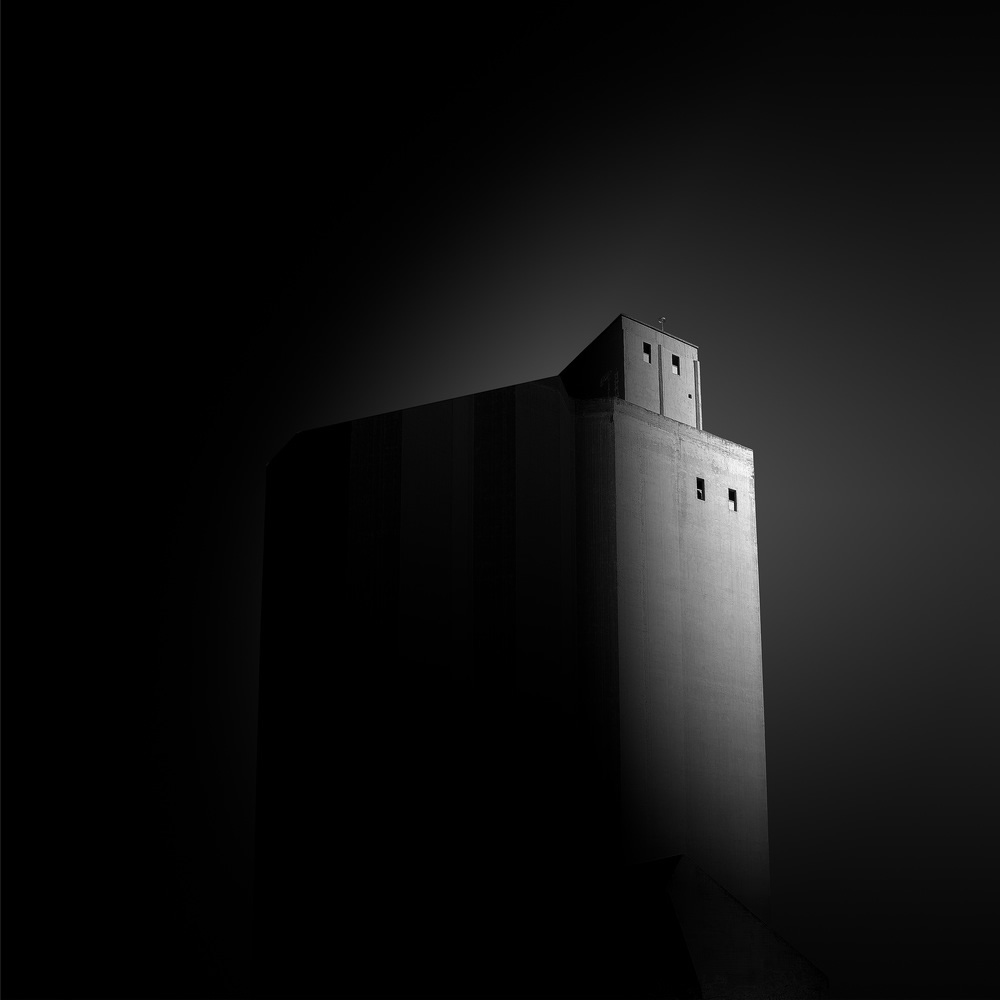
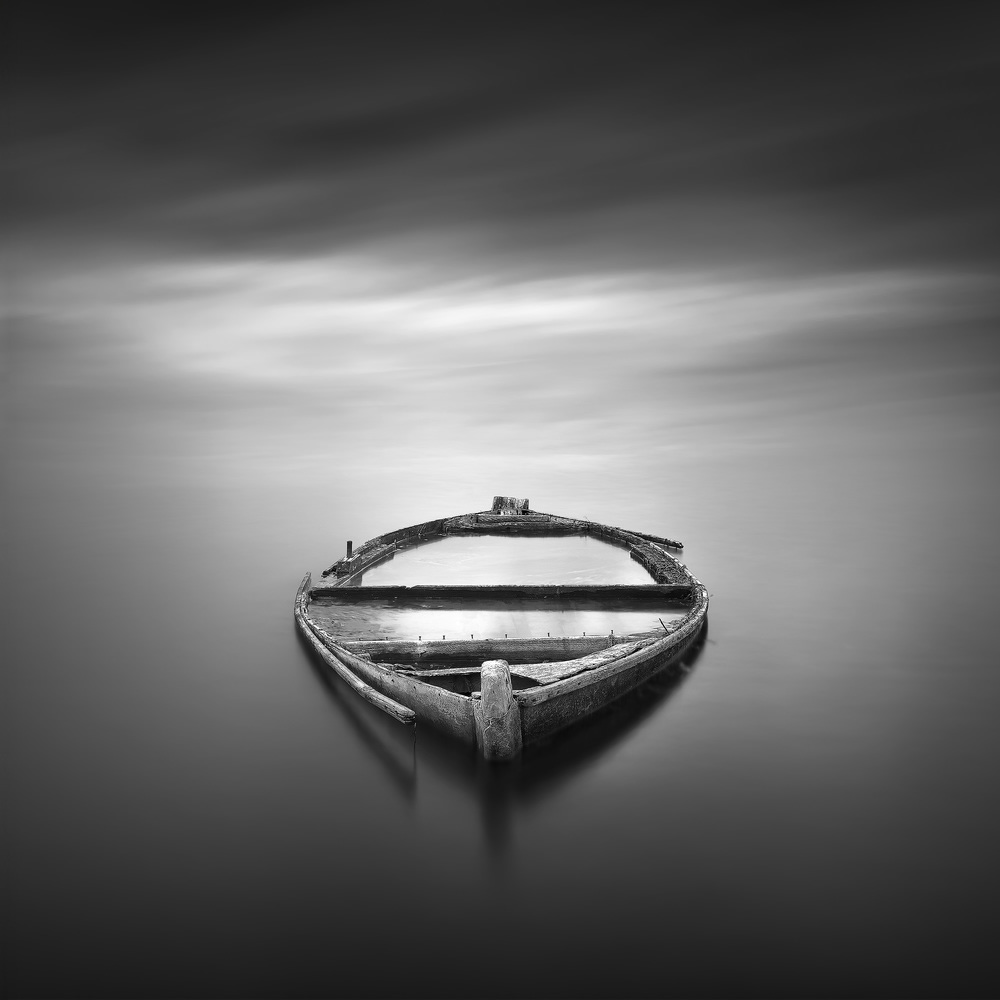
What are your 5 tips for budding photographers?
- Top-class equipment does not lead to top class images, however mediocre equipment won’t suffice for a technically good image either.
- Once you are into photography, you will like maybe 4-5 different photographic genres but you will fall in love with only one of them. This is the one that will consume most of your time spent in photography and will let your passion flourish. So, before you decide on your equipment or hone your post processing skills, it is crucial to find out which genre feeds your soul.
- Learn to respect the works of others and combine this with the fact that you don’t have to like every image that you see by them, even by the masters in photography. This is the key to save valuable time from competition and pointless criticism and it will help you draw your own path in photography. You just can’t imagine how much time you can waste on competition and criticism between photographers.
- Never stop learning and evolving in photography. Combine that with the fact that you don’t make the images for the others but only to feed your soul.
- If you decide to get involved into fine art photography, don’t bother participating in contests and be allured by awards. Being awarded (or not) depends on the aesthetics of the jury. So if jury A decides to give you an award, jury B might think otherwise. It really is a matter of coincidence whether you get an award or not. Remember that a flower does not think of competing to the flower next to it, it just blooms and shows its beauty regardless of appreciation…
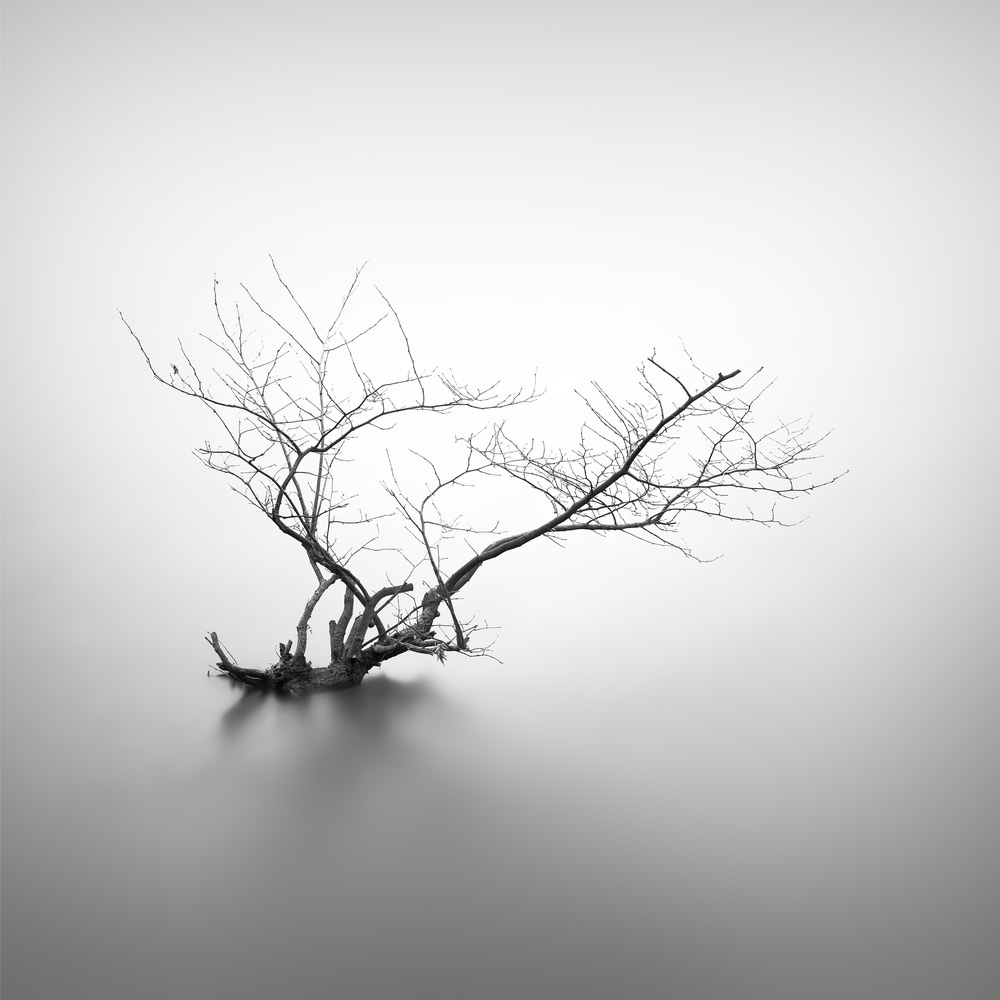
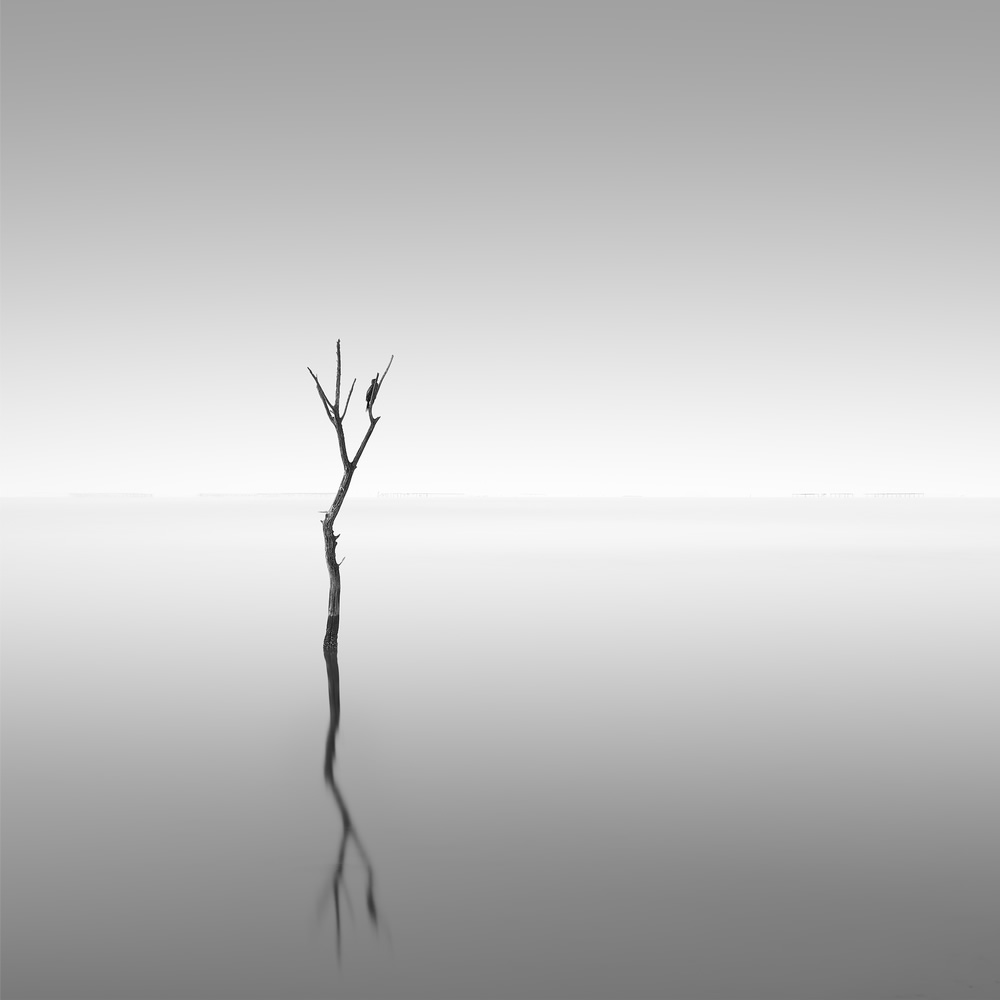
Any favorite photography books?
- “Vision and Art – The Biology of Seeing” by Margaret Livingstone.
- “The Artist’s Way – A Spiritual Path to Higher Creativity” by Julia Cameron.
These are not photography books per se but to me they are of great importance on how my fine art photography footprint is formed.
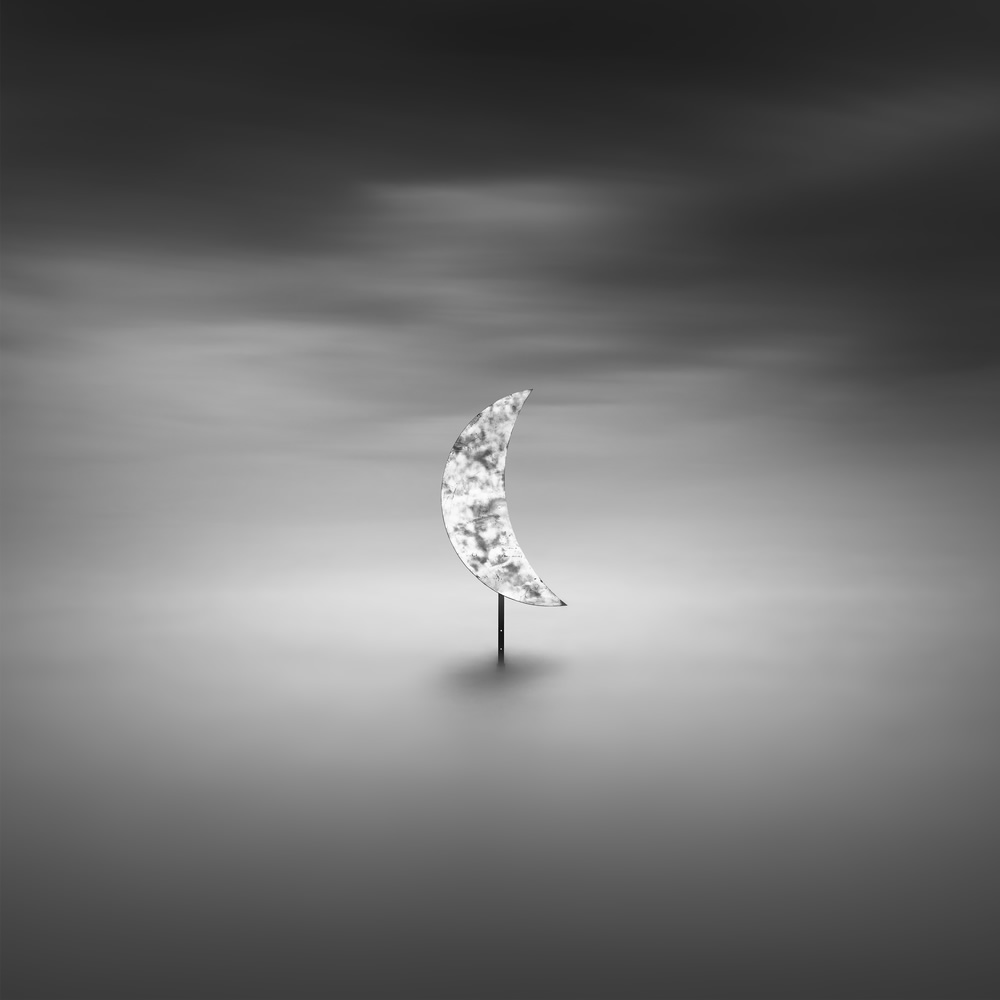
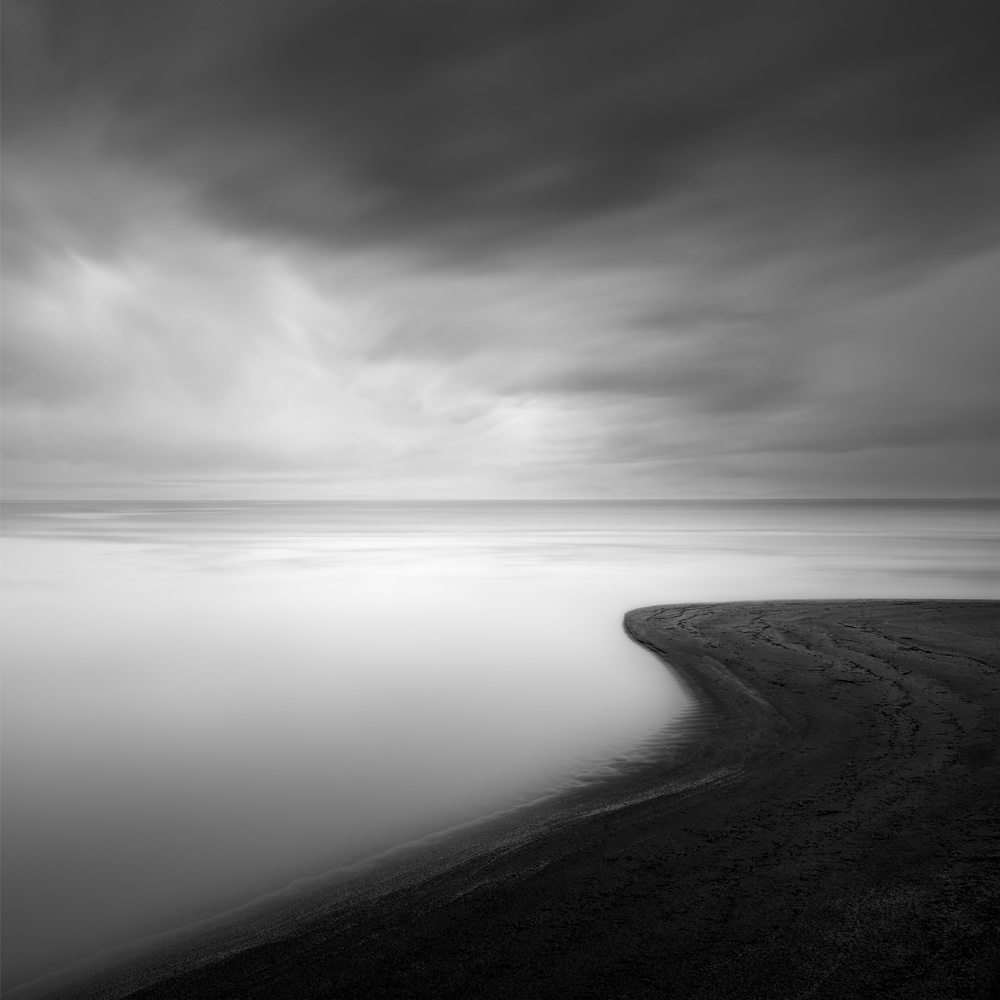
What do you consider your greatest achievement in photography?
I would say it is my Associate distinction in Fine Art as a member of the Royal Photographic Society. It represents my conscious choice of genre, years of try and error, never ending self evaluation andways to evolve in photography. At the same time, it is a step towards the Fellowship distinction within the Royal Photographic Society which will be a long and demanding process until I am ready to present such a panel to the RPS assessors.
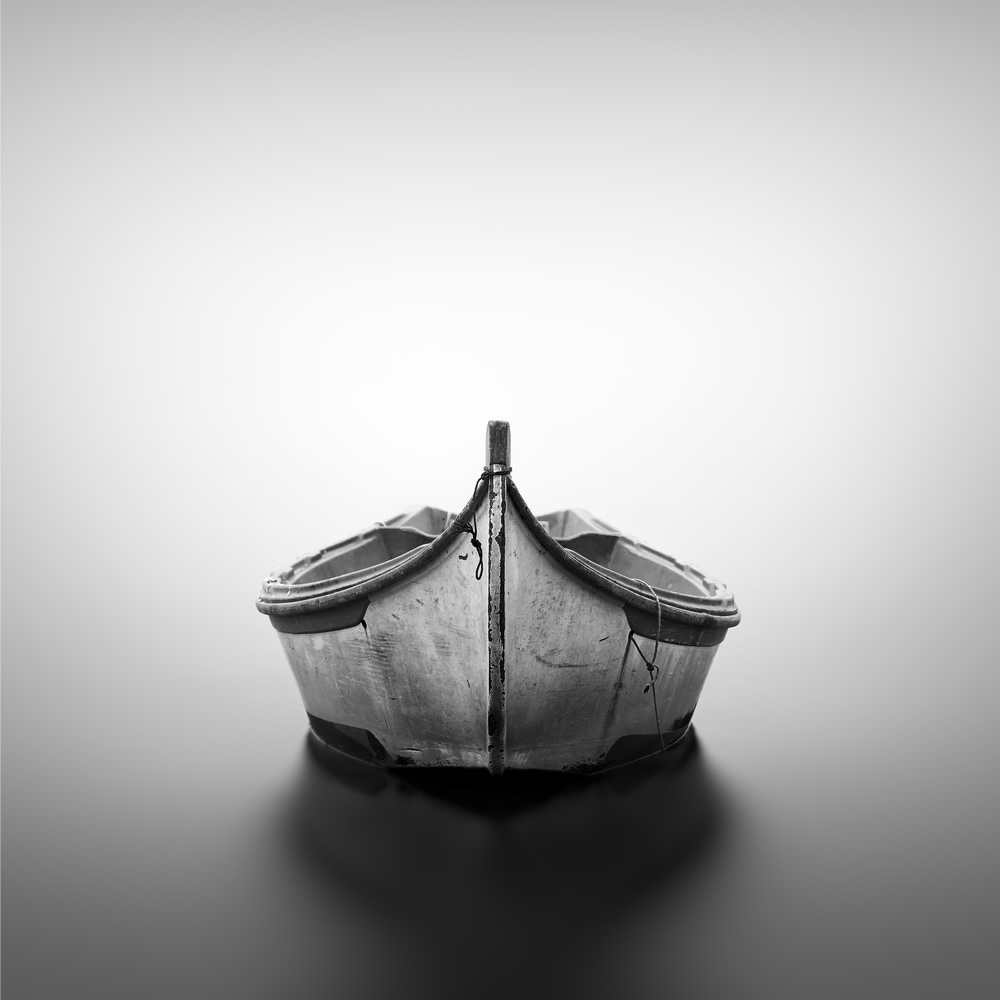
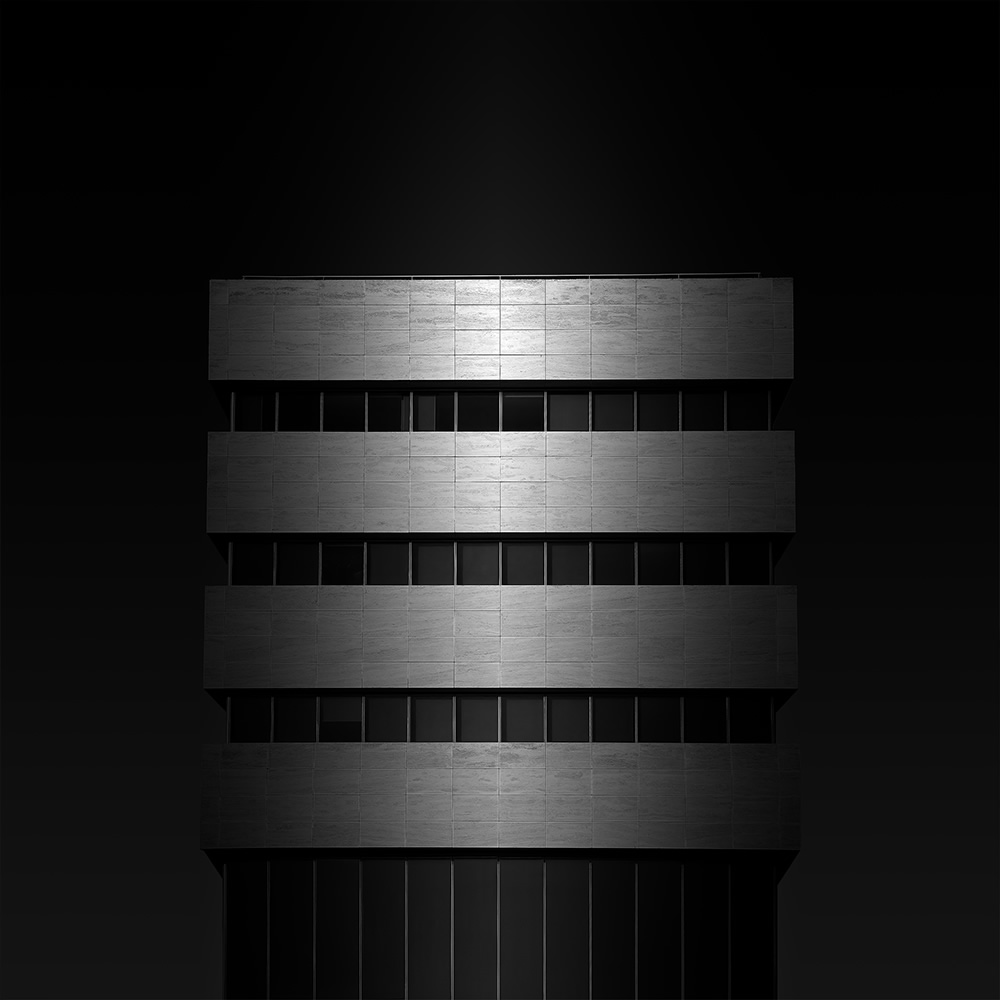
Apart from photography, tell me about your hobbies and interests.
Ambient music, metaphysics, fantasy literature and similar movies. On the mundane part of my life, I am very interested in off-roading stuff.
Thanks again for providing 121 Clicks with this opportunity to interview you. Any final thoughts for our readers?
Thank you deeply for the opportunity to present some of my works and thoughts on fine art photography to your readers. I would suggest to your viewers to look extensively for interviews and works presented in exhibitions. I think that they are a valuable part in the process of constantly “exposing” ourselves to information and matters related to photography. I hope that even a fraction of this interview will be helpful to your readers.
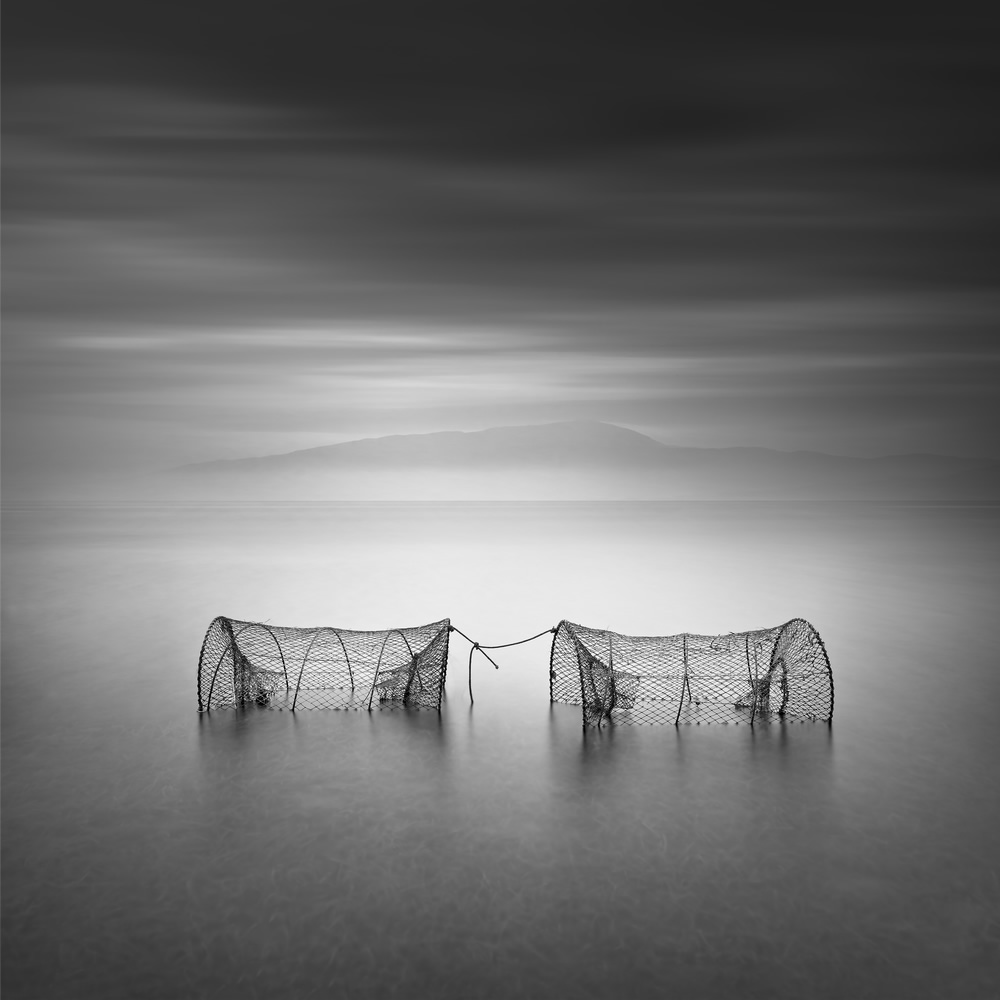
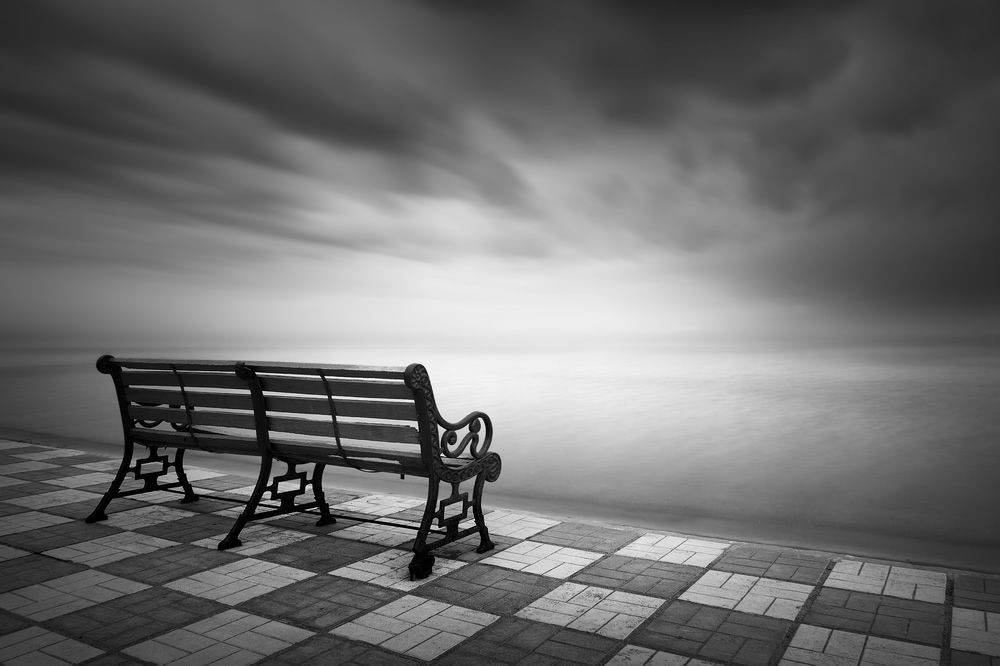
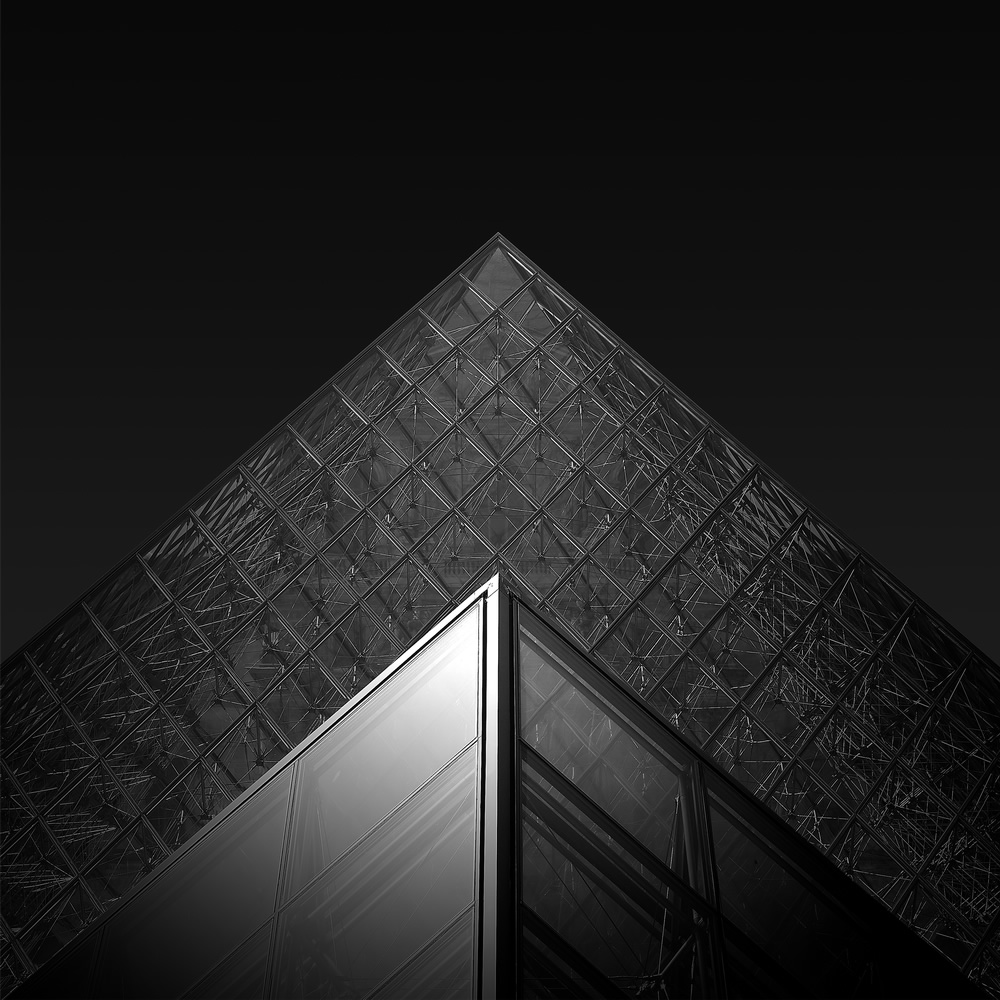
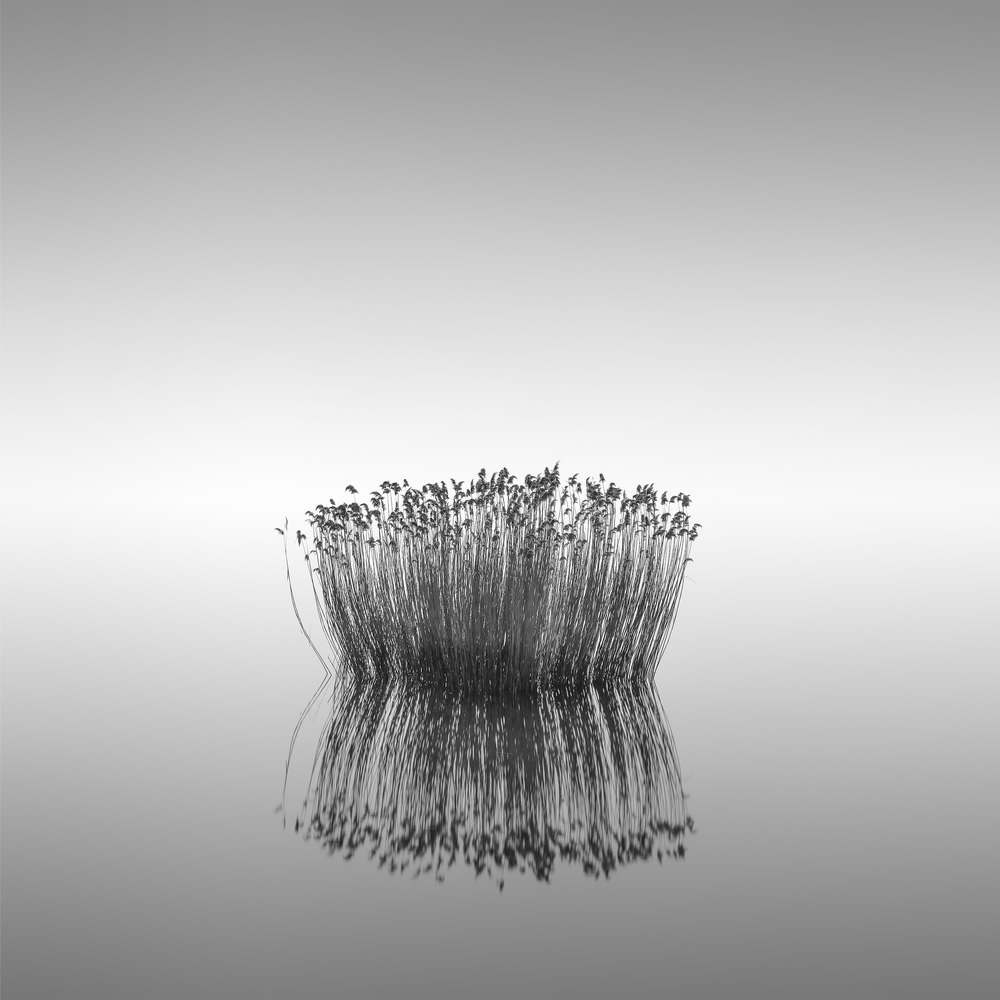
You can find Theodore Kefalopoulos on the Web :
Copyrights:
All the pictures in this post are copyrighted to Theodore Kefalopoulos. Their reproduction, even in part, is forbidden without the explicit approval of the rightful owners.

